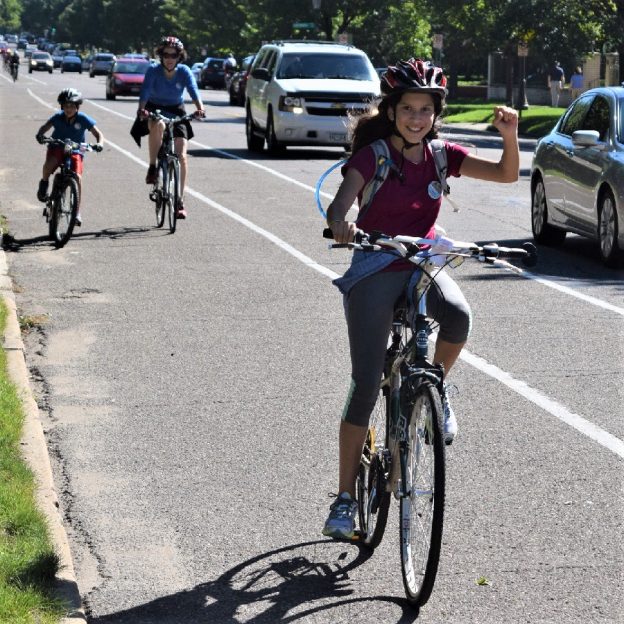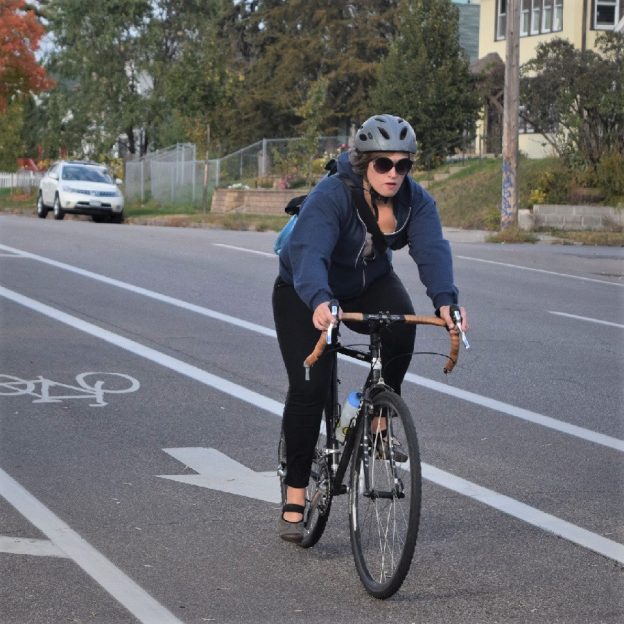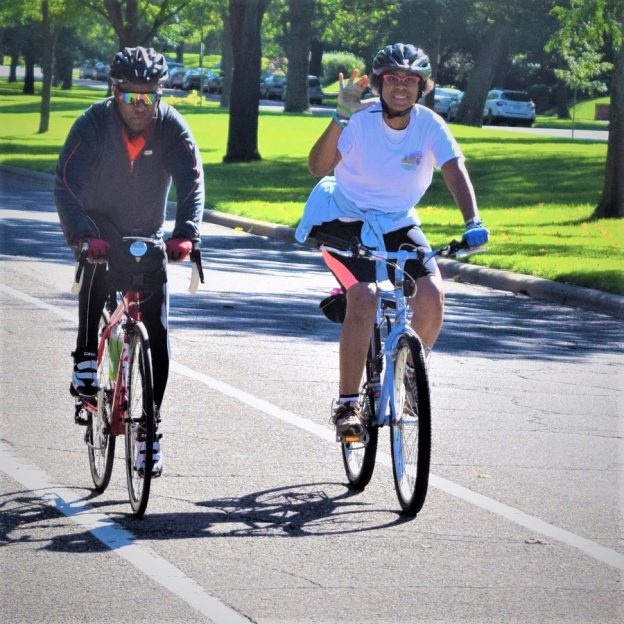Tag: ride your bike
-

Tips and tricks to make riding to school fun, and safe
All around the country, bike paths are being built, and designated bike lanes are being established. So, riding to school can be an easy and safe option with all the colorful fall weather ahead. Many of these paths are routed from neighborhoods to nearby schools to get more kids energized by riding. To encourage your…
-

Bike commuting necessities and niceties to make your ride great
Bike commuting is an easy way to add miles, increase fitness, jump start your energy level for the day while enjoying nature, especially with warmer weather. Once you start commuting by bike, you will find the hassle factor lessens while your overall trip acts as your workout for the day. You are saving yourself hours…
-

Getting ready for your best riding year ever! Part 2
We are now a little over a week away from candies, flowers, and Valentines cards. We are also just a few more weeks away from some prime riding weather. Therefore, we need to turn our collective eyes toward the future and continue our plans for making this year the best riding year ever!
-

A mid-term review of this amazing Sealskinz Halo Winter Glove
Now that I have had over a month of cold weather under my belt, I feel comfortable talking about the Sealskinz Halo Glove. The onset of Minnesota’s winter is probably colder than most peoples harsh winter months, so I feel that this mid term review is probably a great indicator for 90 percent of America…
